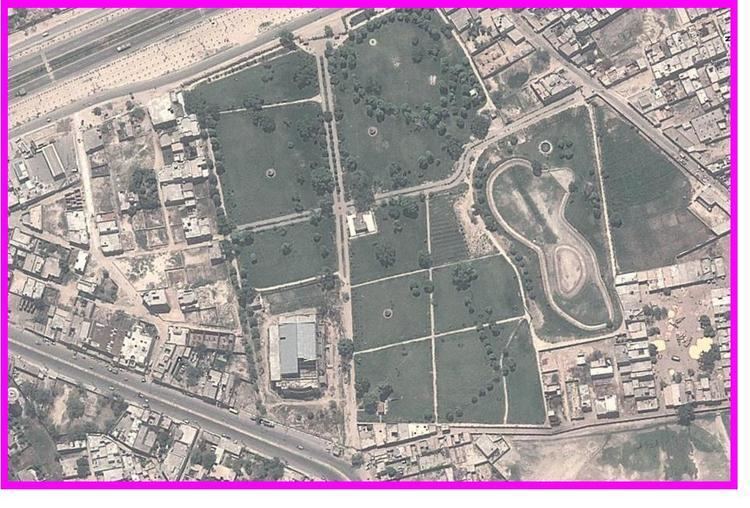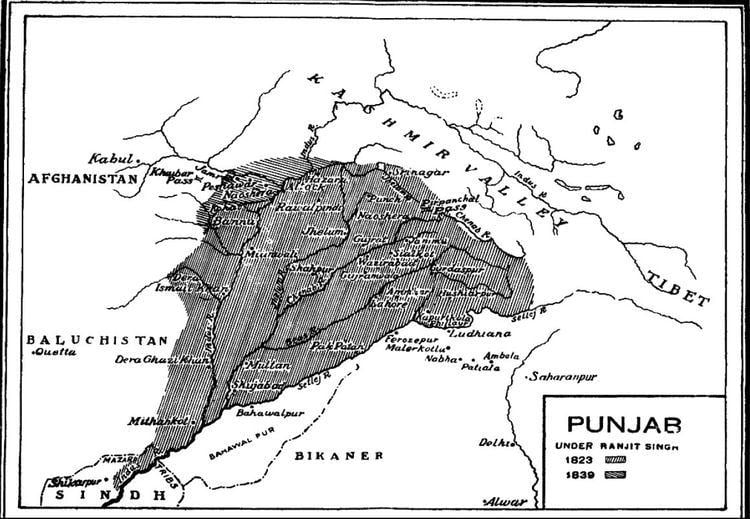Country Pakistan Area 3,995 km2 | ||
 | ||
Map of Kasur
Kasur or Qasur (Punjabi and Urdu: قصُور) is the headquarters of Kasur District, Pakistan. It is the 20th most populous city of Pakistan. Bordered to the north by Lahore, by India to the south and east, the city is adjacent to the border of Ganda Singh Wala, a border with its own flag-lowering ceremony. Kasur is also the burial place of the legendary Sufi-poet Bulleh Shah.
Contents
- Map of Kasur
- Weddings specialists see our live baratwalima events in kasur cityeconomical weddings
- Kasur city punjab pakistan
- Early
- Medieval
- Mughal
- Sikh and British
- Modern
- Notable people
- Agriculture
- References

Weddings specialists see our live baratwalima events in kasur cityeconomical weddings
Kasur city punjab pakistan
Early
Hindu mythology asserts that Kasur was founded by Prince Kusha, while Lahore, was founded by Prince Lava, the sons of the Hindu deities Rama and Sita.
Kasur region was an agricultural region with forests during the Indus Valley Civilization. After overrunning the Achaemenid Empire in 331 BCE, Alexander marched into the present-day Punjab region with an army of 50,000. The Kasur region was ruled variously by the Maurya Empire, Indo-Greek kingdom, Kushan Empire, Gupta Empire, White Huns, Kushano-Hephthalites and Hindu Shahi kingdoms.
Medieval
In 997 CE, Mahmud of Ghazni, took over the Ghaznavid dynasty empire established by his father, Sultan Sebuktegin. In 1005 he conquered the Shahis in Kabul, and followed it by the northern region around modern-day Kasure. The Delhi Sultanate and later Mughal Empire and later Afghan empire ruled the Kasur region. Kasur was established as a city by Kheshgi tribe of Pashtuns who had migrated to the region, during the reign of Babar and built several small forts in the area. During this time, the Punjab region became predominantly Muslim due to missionary Sufi saints.
Mughal
Under Mughal rule, the city flourished and was notable for commerce and trade. It became the home of the legendary Sufi saint and celebrated poet, Bulleh Shah, who is buried in a large shrine in the city.
Sikh and British
After the decline of the Mughal Empire, the Sikh reocuppied Kasur in 1807. During the British Raj, the irrigation canals were built that irrigated large areas of the Kasur District. The predominantly Muslim population supported the Muslim League and the Pakistan Movement.
Modern
After the independence of Pakistan in 1947, the minority Hindus and Sikhs were to migrate to India while the Muslim Muhajir people, migrated from India and settled in Kasur.
Notable people
Agriculture
The main crops in Kasur are wheat, corn, Rice, potato, sugar cane and turmeric. Allahabad(Thengmor) The biggest wheat and rice market in Punjab, there are 70 rice sheller in the area. Turmeric fields of Chhanga Manga and Talwandi, Noor Pur are unique agricultural features of Pakistan.
